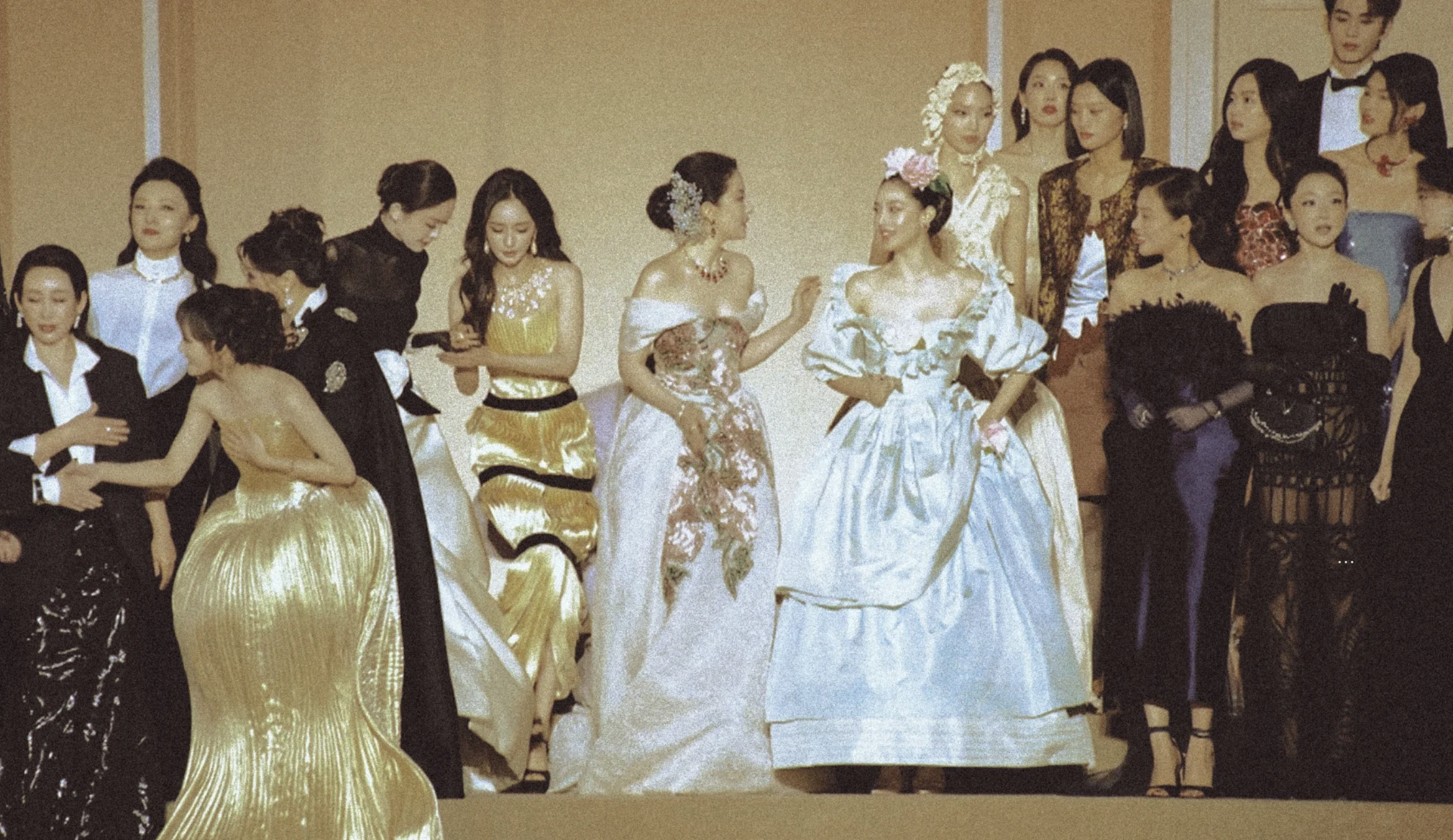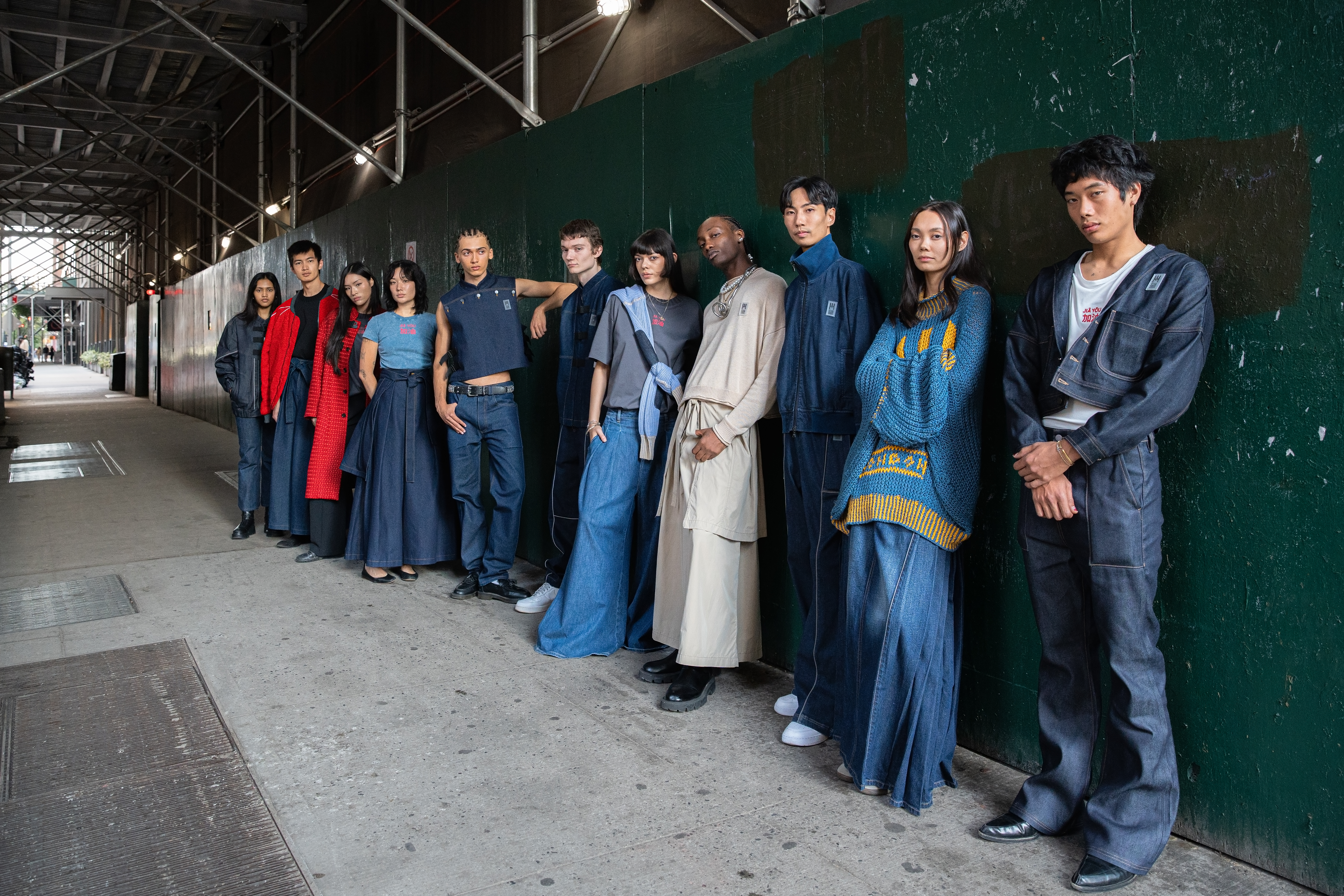The phrase “Made in China” — once synonymous with cheap manufacturing and poor quality — is undergoing a rebranding of sorts. Companies across the country are going through complete overhauls to shift consumer preferences both at home and abroad.
Where previously some homegrown brands would position themselves to appear foreign, and the Chinese term 崇洋媚外 chongyang meiwai — “the worship of foreign things” — was often used to denote the preference of Chinese consumers for Western products and designs, now being “Made in China” is becoming a source of pride once more — and perceptions are changing both at home and abroad.
The change is driven by many factors: improved manufacturing capabilities, Chinese brands prioritizing innovation over imitation, and a storytelling awareness that taps into the rich wellspring of Chinese culture, tradition, and history. And it all lines up with the central government’s “Made in China 2025” campaign, an initiative to comprehensively upgrade China’s manufacturing industry.
Li-Ning, China’s leading sportswear brand, serves as a good case study on the recent evolution of Chinese brands.
The company was founded by ex-Olympic gymnastics champion Li Ning, who made his name by winning six medals in the first Olympic Games that the PRC participated in, in 1984. For younger generations, he is also the guy who “flew” up to the roof of the Birds Nest stadium in Beijing to light the Olympic torch (something which also doubled as an incredible branding opportunity).
Li-Ning the brand has never been seen as a leading voice in sportswear design — more often, it was something you’d find in discount stores as a mass market, middle-of-the-road choice. Yet earlier this year, the brand appeared on the runways at New York Fashion Week, the first Chinese sportswear label to ever do so.

Li-Ning as the first Chinese sports brand to be featured in New York Fashion Week. Design reads “China Li Ning” & “China”
The move may have come as a surprise in some corners, but it was actually the latest milestone on the road to Li-Ning repositioning itself from being seen as a Nike or Adidas knock-off to becoming a sneakerhead-worshipped label.
In January this year, the brand released an exclusive shoe design on its official Tmall e-commerce platform. The shoe cost over 800RMB ($120 USD), and sold out within five minutes after going live. This on a platform where the average selling price in that category is 200-250RMB (around $30USD). What could have elicited such an enthusiastic response?
Related:
 How a Magazine-Turned-App is Redefining China’s Fashion LandscapeArticle Oct 13, 2017
How a Magazine-Turned-App is Redefining China’s Fashion LandscapeArticle Oct 13, 2017
The General Manager of e-commerce for Li-Ning in China, Feng Ye, told us that each Li-Ning release embodies an aspect of traditional Chinese culture. Nowadays, Tmall is becoming more of a marketing platform, rather than purely a sales channel, and with over 700,000 daily visitors to Li-Ning’s page, the company has managed to expand and leverage e-commerce from sales into zones of branding and consumer outreach.
The sneakers that gained so much hype earlier this year launched under the name 胭脂念 yanzhi nian, roughly translating to “memories of rouge.” Yanzhi, “rouge,” is a kind of blush used since 139 BC, made from crushed and dried flowers. It was popular across ancient China, and has since become a symbol of the classical Chinese maiden.

Li-Ning’s exclusive shoe design — “胭脂念” - Memories of Rouge
The design was also touted as being inspired by a grand story of a swordsman and his lover: the warrior travelled across the world, but kept a souvenir of the woman, the rouge, until they could meet again. It’s the kind of narrative that would be completely alien to the Nikes and Adidases of this world, but for Li-Ning, Chinese consumers’ rising self-awareness and sense of identity is the perfect parallel for the brand’s own journey.

Li-Ning’s design featuring Chinese porcelain and dragon traditions
Li-Ning’s Feng Ye explained:
In fashion and sportswear, there are three levels on which business is conducted. On the most foundational level you are selling “products”, the physicality and utilization of what you produce. On the next level you are selling “technology”; whether it’s lightness or speed, it’s the R&D behind each design and feature which sets you apart. But ultimately on the highest level, you are selling a “spirit”(精神 jingshen), the essence and ideology of what you stand for and what values you are representing. And in the case of Li-Ning, it is redefining what it means to be “Made in China.”
This is very much echoed in how the post-’90s generation perceives the brand, and why they’re choosing to engage with it in a new way. He Qiyue, a design school student at Dalian Academy of Arts, says her views of the brand have completely shifted:
“I never used to buy Li-Ning in the past, because I always thought the designs were kind of lame. But with the recent debut at New York Fashion Week, I was surprised to see so many styles that I would personally buy and wear. They’ve really made a huge change over the past decade.”
Chinese people’s appreciation for their culture and the changing idea of “Made in China” isn’t just sociological. The shift is occurring alongside China’s increasing self-confidence as a state, via its unprecedented economic rise, having lifted hundreds of millions out of poverty. Economically, the jump in domestic consumption is noted to be an important driver for developing countries towards developed countries, but it also reflects Premier Li Keqiang’s national campaign to elevate China’s manufacturing industry across the board by 2025. Upgrading Chinese brands for domestic consumption is a key part of that strategy.
Fueled by a host of factors, consumers are increasingly opting for “Made in China” products, and the level of creativity and quality on display today is far ahead of the perceptions of many in the US and Europe. This new mode of innovation is something that’s increasingly on display at events such as Taobao’s annual Maker Fair.
 6 Things That Happened at the 2017 Taobao Maker FairArticle Jul 12, 2017
6 Things That Happened at the 2017 Taobao Maker FairArticle Jul 12, 2017
So, be ready for more Chinese brands like Li-Ning, entering the world market with products that match or exceed the quality, innovation, and storytelling capabilities of Western brands.
You might also like:
 The Ox Horn Comb: A Thoroughly Traditional, Thoroughly Modern Chinese Beauty TrendArticle Apr 11, 2018
The Ox Horn Comb: A Thoroughly Traditional, Thoroughly Modern Chinese Beauty TrendArticle Apr 11, 2018
 Beijing-Born Designer Zhang Na Tackles Fashion Waste with StyleArticle Apr 05, 2018
Beijing-Born Designer Zhang Na Tackles Fashion Waste with StyleArticle Apr 05, 2018
 “We are Netflix Plus”: An Interview with iQIYI VP Leon ChenArticle Apr 20, 2018
“We are Netflix Plus”: An Interview with iQIYI VP Leon ChenArticle Apr 20, 2018
















